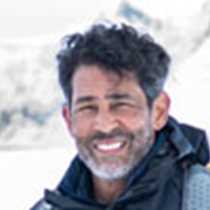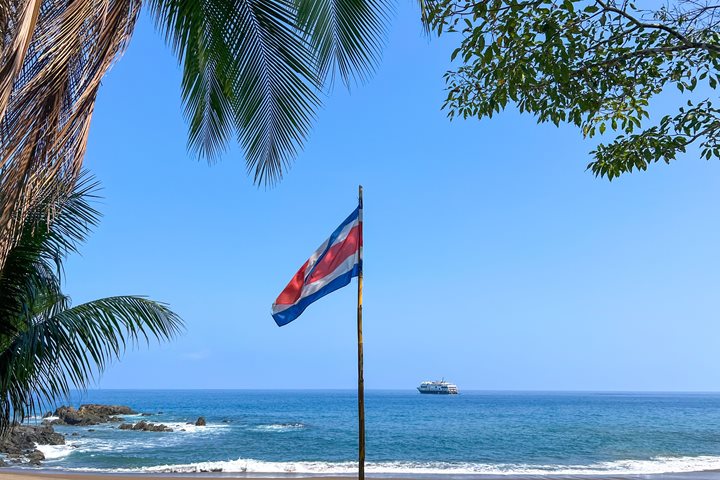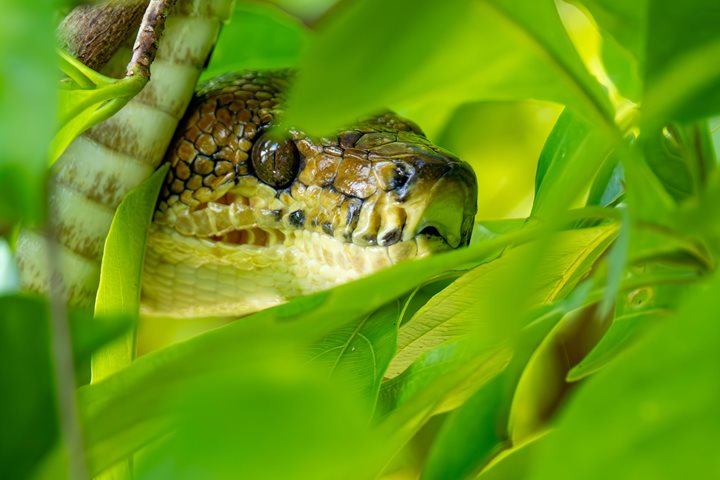What a day we experienced upon yesterday’s arrival to National Geographic Sea Lion and the Panama Canal. With our first day we started our crossing soon after leaving dock from the port of Colon, on the Caribbean side of Panama, and then reaching and going through the Gatun locks. We watched amazed of the efficiency of how the Panama Canal works, marveled at the foresight, the perfect engineering, the labor that built it and the history of all the people that sacrificed their lives to put it together. Built over a hundred years ago, it still runs perfectly well!
The Panama Canal is indeed an important part of human history that has survived time, and with the new expansion currently under construction, it works to remain up-to-date in modern times. In all, we had a full first day bustling with intense activity that ended quietly as we set anchor 85 feet above sea level to spend the night at Gatun Lake…quiet! But not for long, because next day we had an appointment to visit the famous Barro Colorado Island (BCI) run by the Smithsonian Institute, a worldwide famous research station set up after the construction of the Panama Canal and the creation of the Gatun Lake. Once the top of a hill, this island came to be by damming the Chagres River.
Very early in the morning before sunrise and after the arrival of our second Panama Canal pilot, we lifted anchor and sailed to BCI. This morning we felt truly fortunate to be able to visit BCI. Anyone interested in tropical science is aware of the importance of BCI. So much research has been done in the past and is still being done here today. Much of what we know today about the tropics has been discovered here.
Our group explored the Island by foot, walking the same trails of scientists and researchers, and by boat rides around the Island. With each of our groups led by the guides of BCI we learned about the tropical rainforest, about the intricacies of the tight relationships of its highly diverse inhabitants.
Among some of the interesting animals we observed today were: Loud calling mantled howler monkeys, napping American crocodiles, active Central American agoutis, busily eating and dispersing seeds.
Later in the afternoon we continued our tight schedule for today, with the arrival of yet another Panama Canal pilot. We continued toward the Pacific coast, across this narrow isthmus; sailing through other iconic places like the “Culebra cut,” Contractors Hill, the Gamboa dredging division, the new modern Centennial Bridge, and finally the Miraflores and Pedro Miguel locks.
Once under the bridge of the Americas into the Pacific ocean, we left behind the impressive skyline of the modern city of Panama, off and away to continue our adventures the following days.







